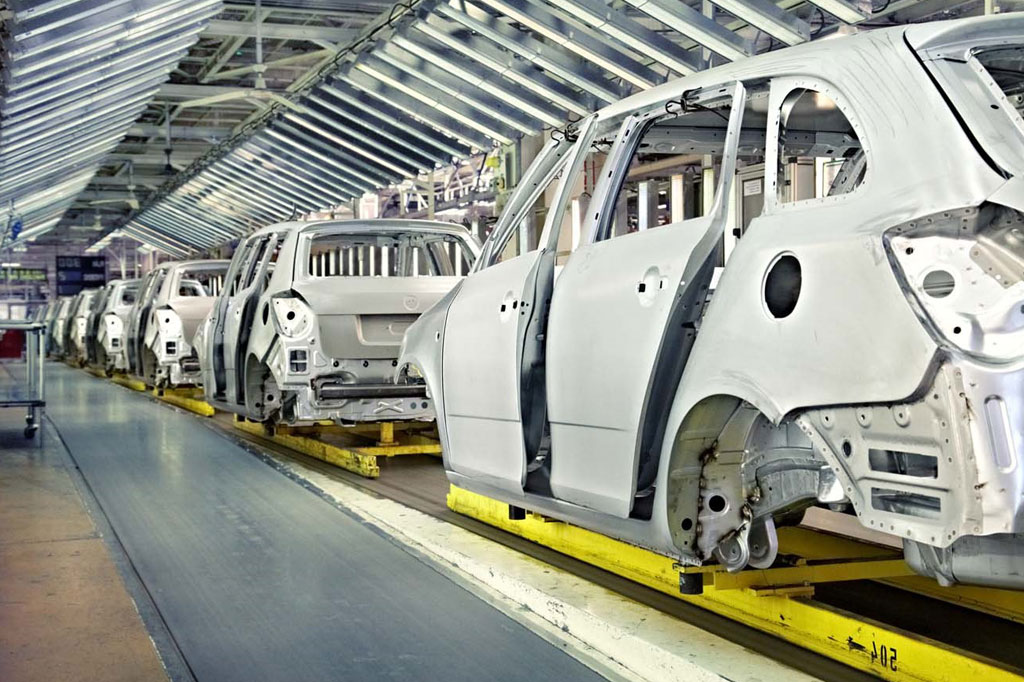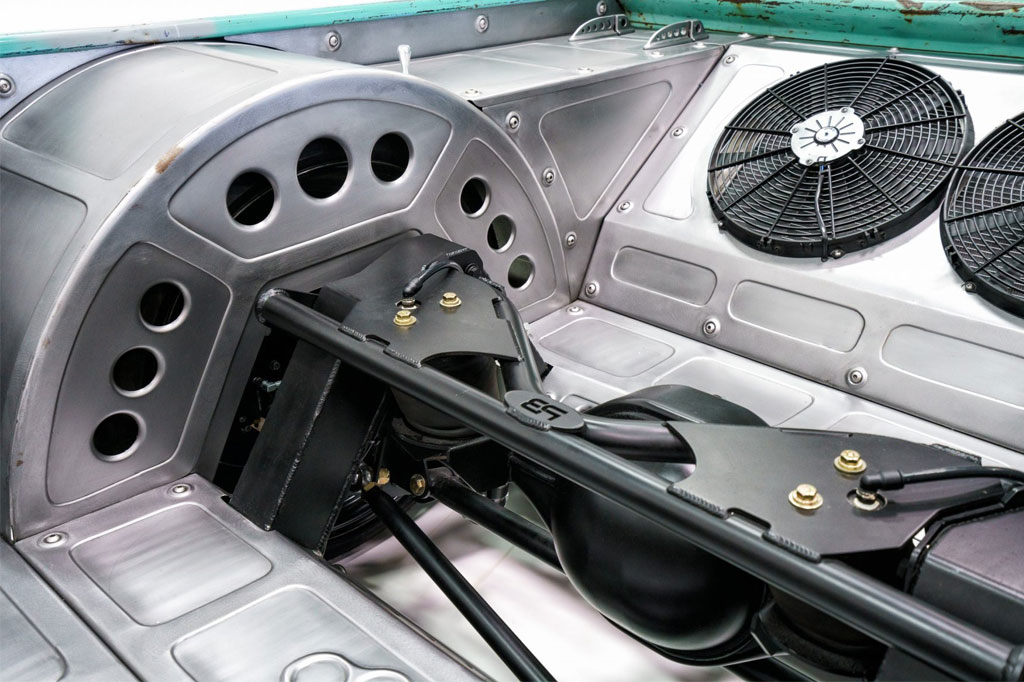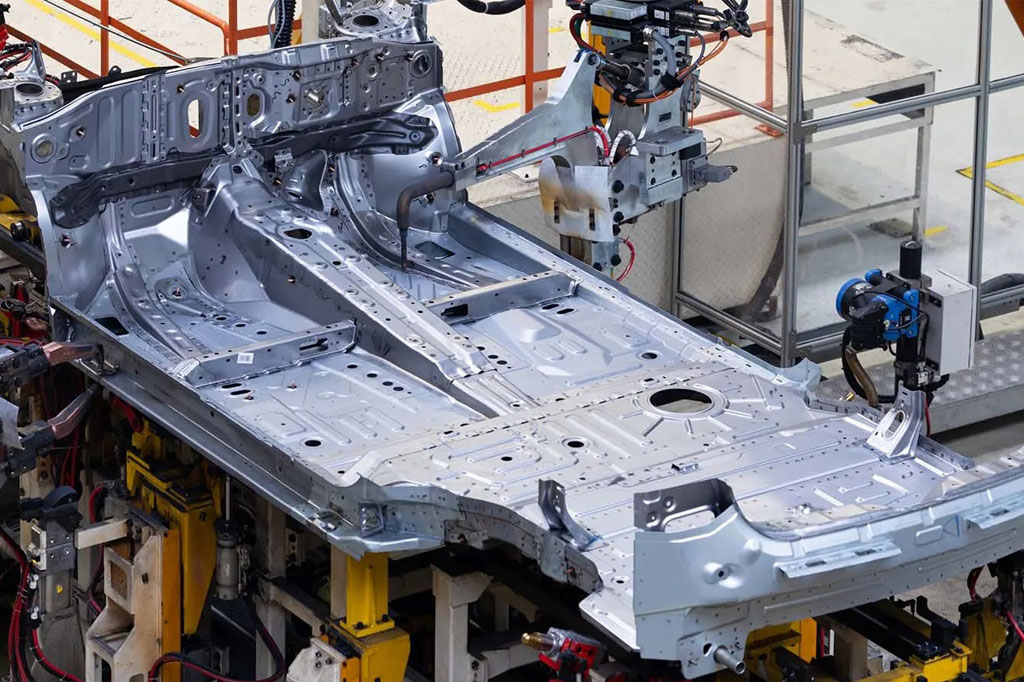In the competitive landscape of automotive manufacturing, the choice between custom and standard sheet metal components can significantly influence production efficiency, cost, and overall product quality. This article explores the distinctions, advantages, and applications of both approaches to help manufacturers make informed decisions.
Understanding Standard Sheet Metal Components

Definition and Characteristics
Standard sheet metal components are pre-designed parts that are widely used across various automotive applications. These components adhere to established industry standards and specifications, making them readily available from numerous suppliers. Common examples include brackets, panels, and housings.
Advantages
- Cost-Effectiveness: Because standard components are mass-produced, they typically come at a lower cost than custom parts.
- Quick Availability: Standard components can be sourced quickly, reducing lead times and allowing manufacturers to maintain a steady production flow.
Limitations
- Limited Customization: Standard components may not perfectly fit unique design requirements, which can lead to modifications or compromises in design.
- Potential Fit Issues: In some cases, standard parts may not integrate seamlessly with other components, potentially leading to assembly challenges.
Exploring Custom Sheet Metal Components

Definition and Characteristics
Custom sheet metal fabrication is designed specifically to meet the unique requirements of a particular automotive project. These custom sheet metal components are created through precise fabrication processes, allowing for greater flexibility in design.
Advantages
- Design Flexibility: Custom components can be engineered to meet specific performance and aesthetic requirements, offering manufacturers the ability to innovate and differentiate their products.
- Optimal Fit: Tailor-made parts ensure a perfect fit within the assembly, which can enhance overall functionality and reduce installation time.
- Enhanced Performance: Custom designs can incorporate advanced features or materials that enhance the performance of the final product, such as improved aerodynamics or weight reduction.
Limitations
- Higher Costs: Custom components often involve higher production costs due to specialized tooling and lower production volumes.
- Longer Lead Times: The design and fabrication process for custom parts can extend lead times, which may impact production schedules.
Key Considerations for Automotive Manufacturers
When deciding between custom and standard sheet metal components, manufacturers should consider several factors:
- Production Volume: For high-volume production, standard components may be more cost-effective. Conversely, low-volume or specialized projects may benefit from custom solutions.
- Design Requirements: If a project demands unique shapes, sizes, or materials, custom components are likely the better choice. However, for generic applications, standard parts may suffice.
- Budget Constraints: Manufacturers should assess their budgets and evaluate the long-term cost implications of each option, including potential rework or modifications.
- Timeline: Consider the impact of lead times on production schedules. Standard components may be more suitable for urgent projects, while custom solutions may be ideal for long-term plans.
Conclusion
In automotive manufacturing, the choice between custom and standard sheet metal components is critical to achieving efficiency, quality, and innovation. While standard components offer cost savings and quick availability, custom parts provide flexibility and tailored solutions that can enhance product performance.





